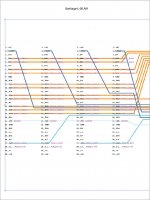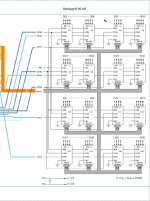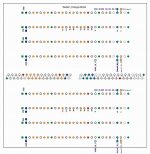Trash80toHP_Mini
NIGHT STALKER
Was any DIMM memory type compatible with the 72pin SIMM spec?
Not really looking for an actual 72 pin SIMMsaver, but it really would be a real coup if I could nab such a unicorn turd!
If ever was, I'm looking to adapt a compatible 128MB DIMM to appear as a pair of 72pin 64MB single banked SIMMs on an adapter board to be splayed out to a pair of 16MB 30pin SIMM Banks. I'm back on the SIMMspender™ kick again as I'm looking for any excuse to play around in PowerPCB under Win98.
The prospect of wire wrapping the short section of a soldertail DIMM socket is making the lure of the 10x10 SEEED square inescapable. :blink:
Not really looking for an actual 72 pin SIMMsaver, but it really would be a real coup if I could nab such a unicorn turd!
If ever was, I'm looking to adapt a compatible 128MB DIMM to appear as a pair of 72pin 64MB single banked SIMMs on an adapter board to be splayed out to a pair of 16MB 30pin SIMM Banks. I'm back on the SIMMspender™ kick again as I'm looking for any excuse to play around in PowerPCB under Win98.
The prospect of wire wrapping the short section of a soldertail DIMM socket is making the lure of the 10x10 SEEED square inescapable. :blink:






